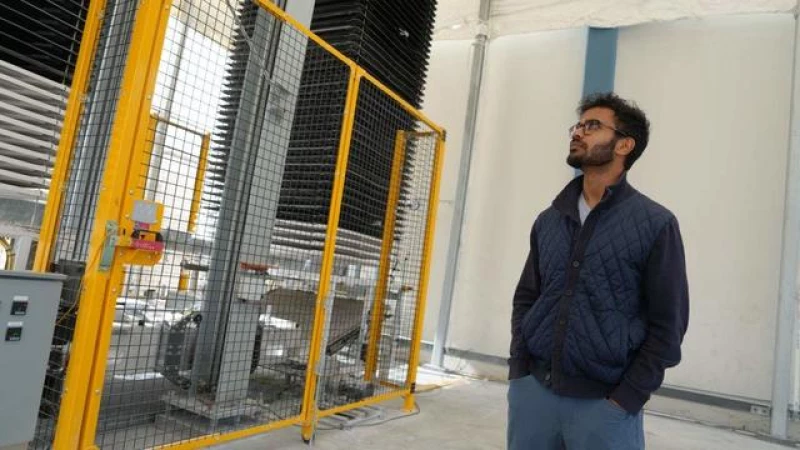Recent climate reports have shown alarming trends as 2023 was confirmed as the hottest year on record and rising temperatures led to the loss of 1 million square kilometers of arctic ice in the last year.
As the Biden administration is committing nearly $4 billion toward jumpstarting a new carbon capture industry in the U.S., CBS News was given an inside look at two companies taking different approaches to process.
Graphyte is a startup that takes leftover material from timber and rice mills and turns it into bricks to be wrapped up and buried in the ground — for now, in a field in central Arkansas.
"We're taking the carbon captured by plants and keeping it out of the atmosphere for a thousand years or more," said Graphyte CEO Barclay Rogers.
Graphyte plans to turn an empty warehouse into the world's largest carbon removal facility, eventually removing 50,000 tons of carbon dioxide a year — about the equivalent of taking 10,000 cars off the road. American Airlines is currently paying Graphyte to offset some of the pollution from its flights.
Scientists emphasize the urgency of transitioning to cleaner energy sources to combat climate change. However, they also stress the importance of removing billions of tons of carbon already present in the atmosphere.
Located in Central California, Heirloom Carbon has unveiled the nation's inaugural commercial direct air capture plant. This innovative facility utilizes stacked trays of limestone to absorb carbon dioxide from the air rapidly, mimicking nature's process in a fraction of the time.
Although Heirloom Carbon's current pilot plant only eliminates 1,000 tons of carbon dioxide annually, the company has ambitious plans to construct facilities capable of capturing a thousandfold more.
Despite facing criticism for its expenses, with detractors advocating for greater investments in renewable energy alternatives, Heirloom Carbon's CEO Shashank Samala asserts that carbon capture remains a crucial component of the climate change mitigation strategy.
"In order to combat climate change effectively, we must begin reversing its effects. Carbon removal represents a form of time travel, allowing us to undo past damage," stated Samala.







